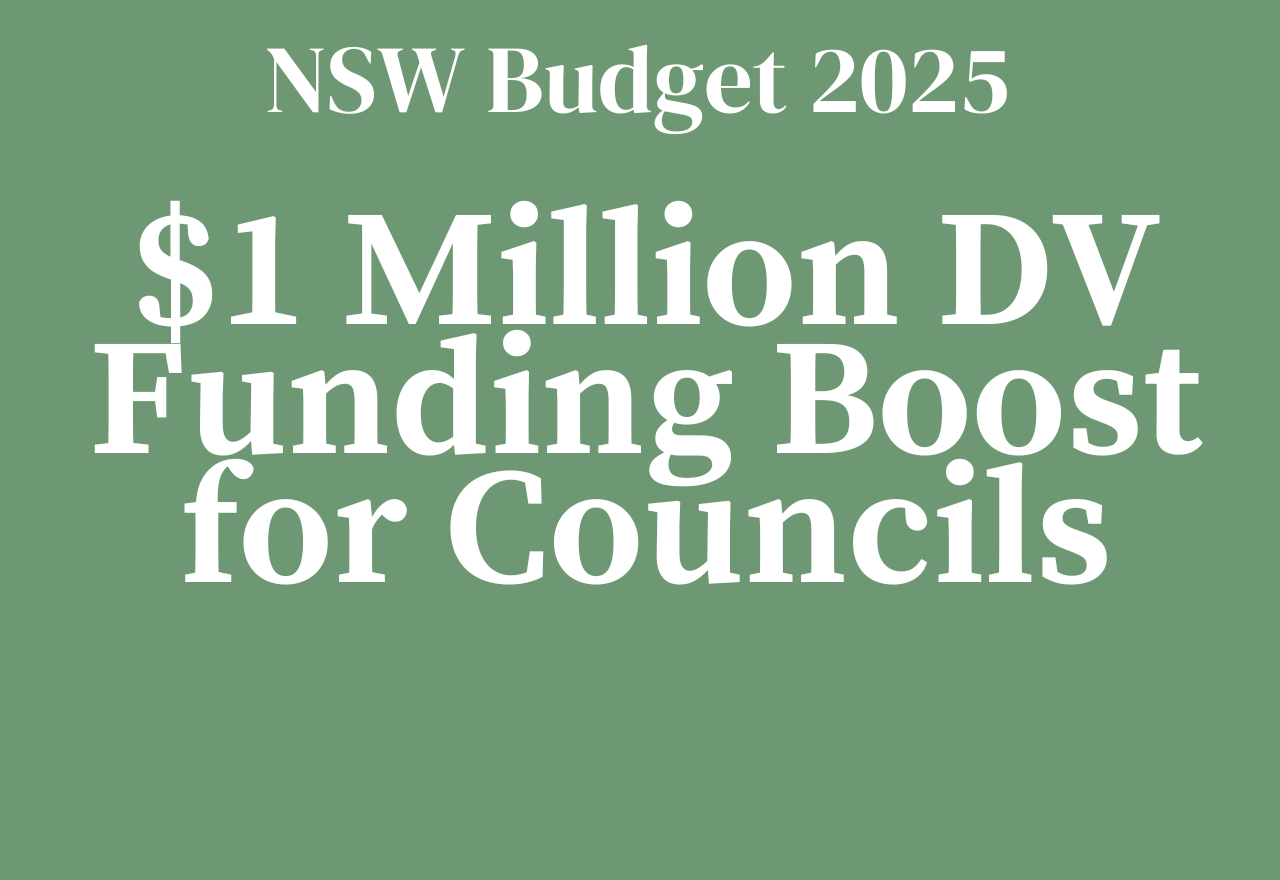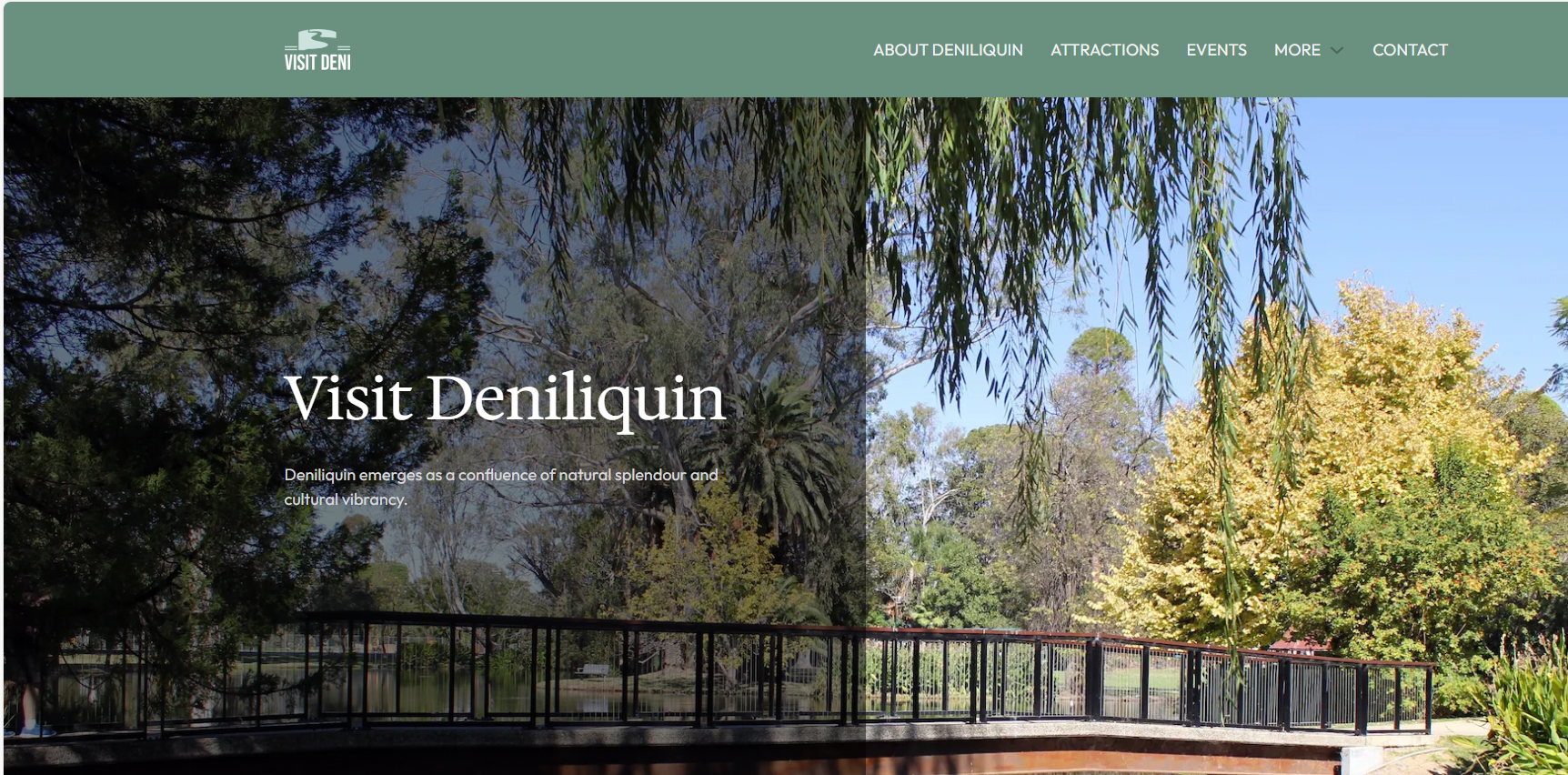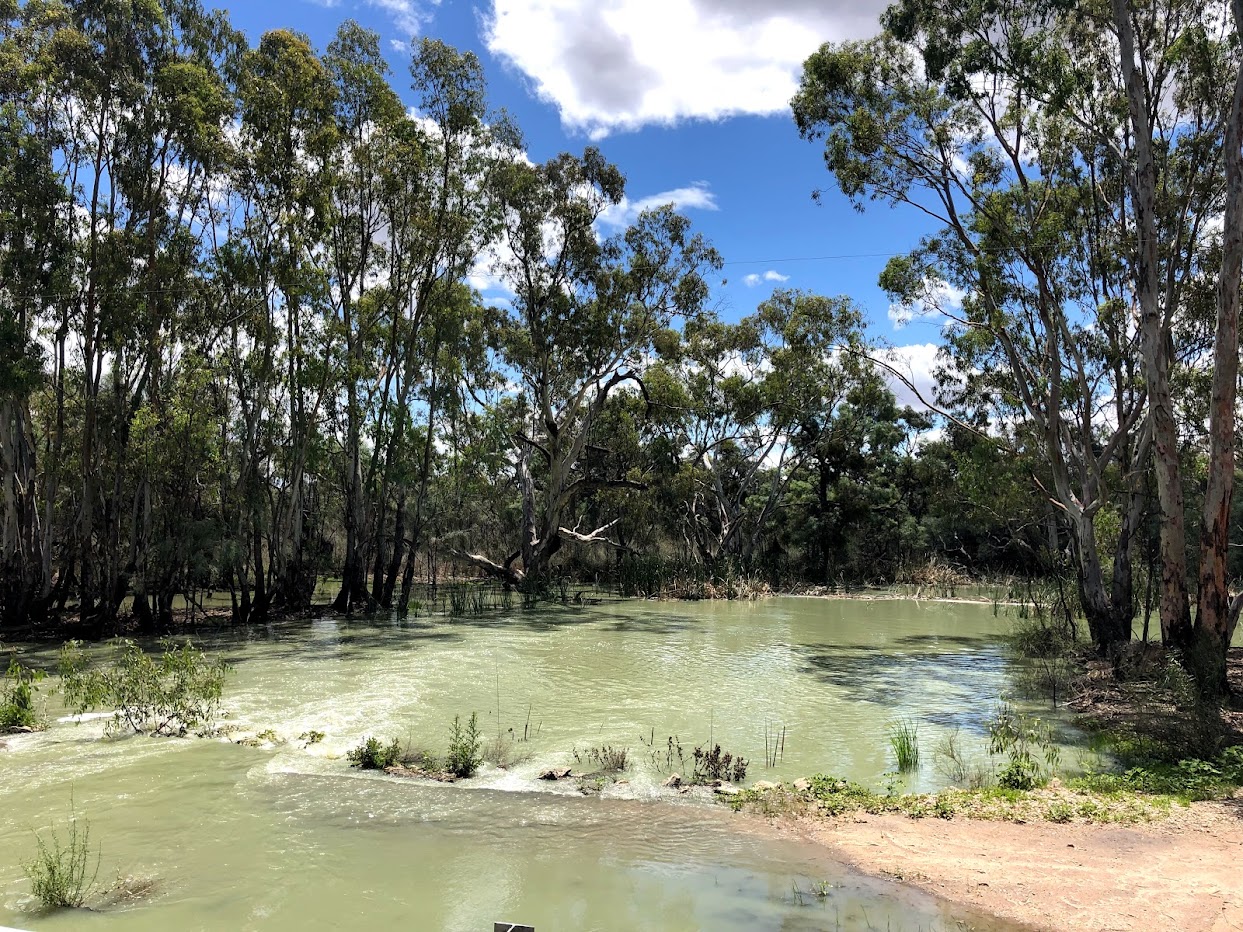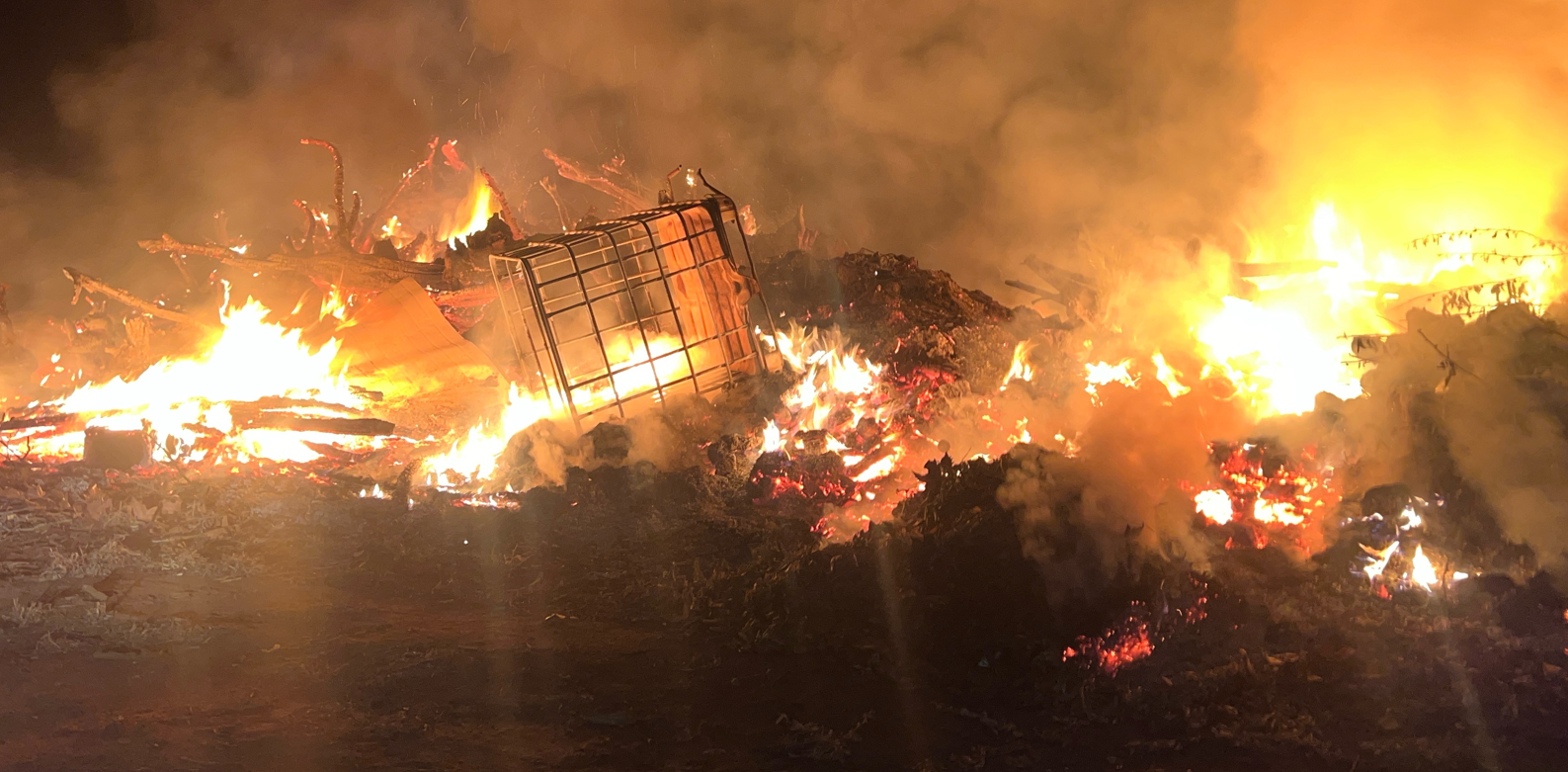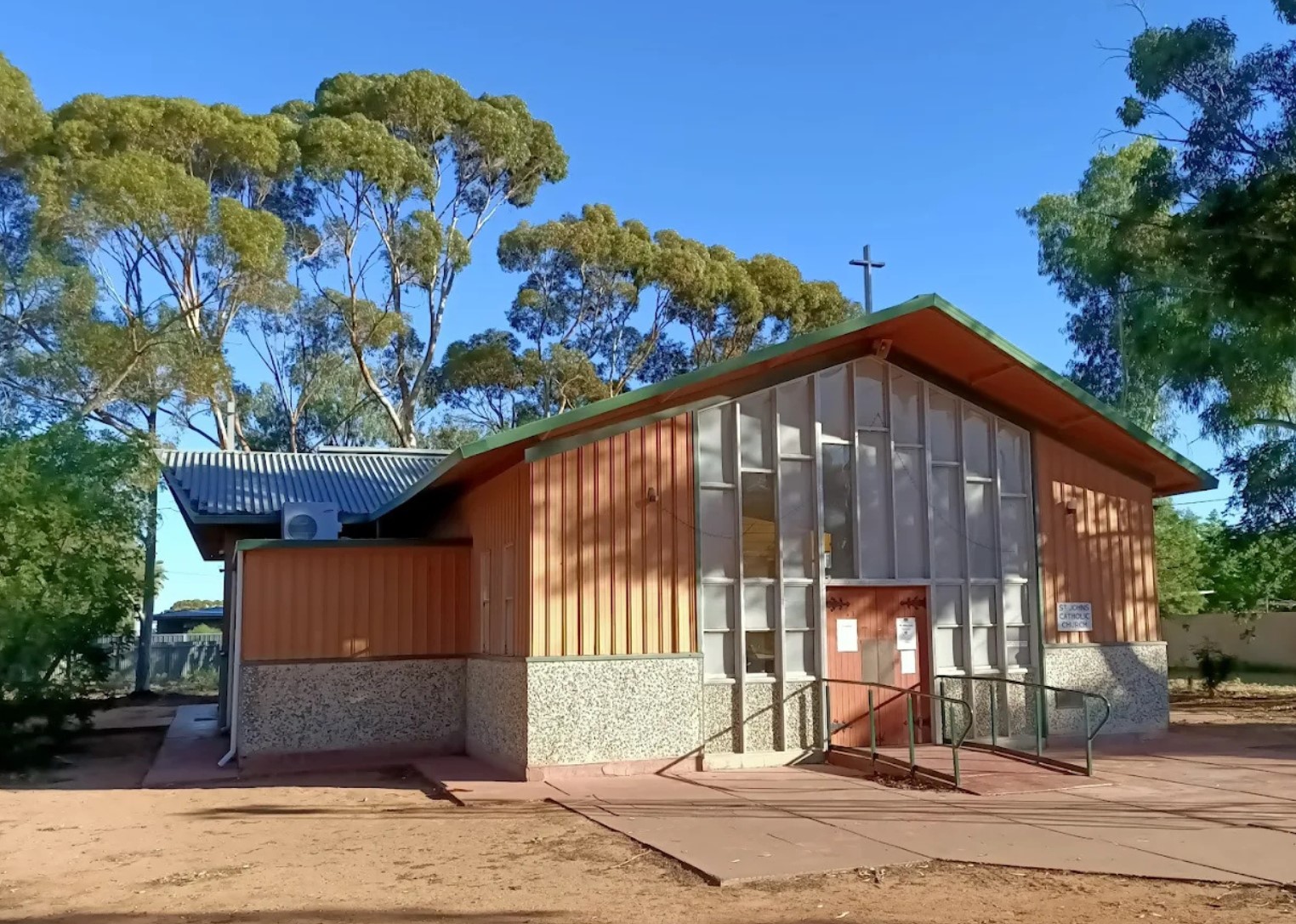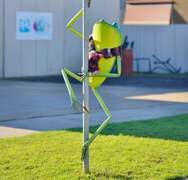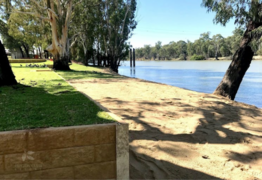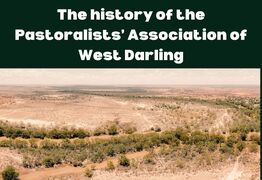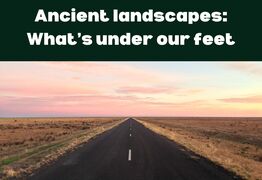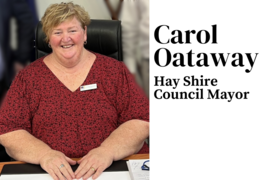Don't wing it with powerlines: Essential Energy
Kimberly Grabham
04 July 2025, 11:00 PM
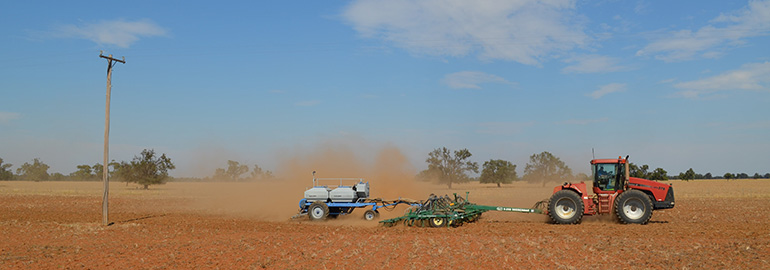
So, you're flying low over a paddock at dawn, the sun barely peeking over the horizon, when suddenly a powerline appears out of nowhere. For pilots across rural Australia, this scenario isn't just a nightmare—it's a very real danger that aerial markers help prevent every single day.
Those bright orange spheres you see hanging from powerlines aren't just decorative—they're sophisticated safety devices that have prevented countless accidents across Australia.
Jim Henderson, a veteran crop duster with thirty years' experience flying over the Riverina, puts it simply: "Those markers have saved my bacon more times than I can count. When you're flying at 150 feet in poor light, they're the difference between getting home to dinner and not getting home at all."
The markers work by dramatically increasing the visibility of powerlines, particularly in challenging conditions.
Whether it's the early morning mist that settles over irrigation channels, the dust kicked up during harvest season, or the glare of afternoon sun reflecting off metal roofing, aerial markers cut through the visual noise to give pilots that crucial extra warning.
But it's not just about aviation safety.
These markers serve multiple purposes across different industries, each one potentially saving lives and preventing costly damage to essential infrastructure.
When the unexpected happens
Sarah Chen remembers the day her excavator operator nearly made contact with overhead lines while clearing a property boundary near Dubbo.
"We'd been working that paddock for three days without incident," she recalls.
"Then we moved to a new section, and suddenly there were these lines we hadn't noticed before. The bright markers caught Danny's eye just as he was about to extend the boom."
That split-second warning prevented what could have been a catastrophic accident.
Contact between heavy machinery and powerlines doesn't just risk electrocution—it can cause widespread power outages, damage expensive equipment, and result in significant environmental impact.
The markers serve as a constant visual reminder for operators of cranes, excavators, and other tall machinery to maintain safe distances from powerlines.
This is particularly important in rural areas where agricultural work often involves moving large equipment across properties with varying topography and infrastructure.
Protecting our wildlife too
The benefits extend beyond human safety.
Dr. Rebecca Walsh, a wildlife ecologist working with Griffith University, explains how aerial markers double as bird diverters: "Large birds like eagles and bustards can struggle to see powerlines, particularly when they're focused on prey below. The markers create a visual barrier that helps them navigate around the lines rather than through them."
This dual purpose makes aerial markers particularly valuable in areas where endangered species are present.
The markers help maintain the delicate balance between essential infrastructure and wildlife conservation—something that's increasingly important as Australia works to protect its unique biodiversity.
The technology behind the safety
Modern aerial markers are far more sophisticated than they might appear. The spherical ball markers, typically orange or red for maximum visibility, are designed to withstand Australia's harsh weather conditions.
From the cyclones of the north to the dust storms of the interior, these markers need to perform reliably year-round.
Some installations now include LED lighting systems that automatically activate in low-light conditions, providing enhanced visibility during dawn and dusk operations.
Solar-powered options are particularly popular in remote areas where grid power isn't available for marker lighting.
The placement of markers follows strict guidelines developed by the Civil Aviation Safety Authority (CASA) and energy regulators.
Strategic spacing ensures maximum effectiveness while minimising the number of markers needed—important both for cost efficiency and visual impact on the landscape.
Community connections
Local contractors like Mitchell Thompson from Broken Hill Electrical Services understand the community impact of proper marker installation.
"When we're putting up new lines or maintaining existing ones, the markers are just as important as the powerlines themselves," he explains.
"We work with local pilots, farmers, and council to make sure everyone knows where the hazards are."
This collaborative approach reflects the way rural communities work together to maintain safety standards.
Local knowledge about flight paths, seasonal agricultural activities, and wildlife movements all inform decisions about where and how many markers to install.
Looking ahead
As Australia's energy infrastructure continues to evolve, with new transmission lines supporting renewable energy projects and rural development, the role of aerial markers becomes even more critical.
New technologies are being developed to improve marker effectiveness while reducing environmental impact.
Some experimental markers now include radar reflectors to help aircraft navigation systems identify powerlines, while others use advanced materials that are more visible to both human eyes and bird vision.
These innovations represent the ongoing commitment to improving safety standards across all sectors.
The bottom line
Aerial markers might seem like a simple solution, but they represent something much more significant: a commitment to safety that protects lives, infrastructure, and the environment.
Whether you're a pilot navigating morning mist, a farmer moving machinery across paddocks, or simply someone who values reliable power supply, these markers play a crucial role in keeping our communities safe.
For more information about powerline safety or to report concerns about unmarked lines, contact your local energy provider or the Australian Energy Market Operator.
Remember, when it comes to powerlines, it's always better to be safe than sorry—and aerial markers are one of the most effective tools we have to ensure everyone gets home safely at the end of the day.
If you're involved in aviation, agriculture, or construction work near powerlines, make sure you're familiar with current safety guidelines and reporting procedures.
Your local energy provider can provide specific information about powerline locations and safety requirements in your area.
NEWS
SPORT
RURAL
COMMUNITY
VISIT HAY
VISIT BALRANALD
VISIT OUTBACK NSW
